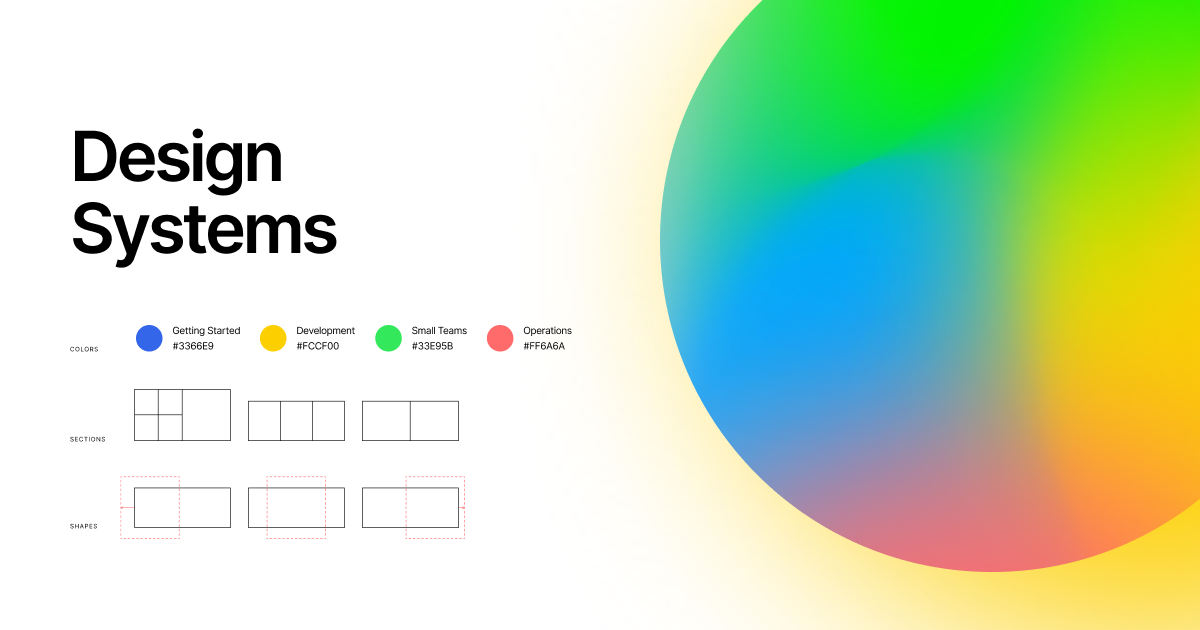
On architecture, urban planning and software construction

Vernacular architecture is not the product of a single visionary, but the collective, learned wisdom of a community. It represents a collaborative effort where knowledge and skills are shared and passed down through generations.
Coleman McCormick • Designing from Experience, Not Expertise
Too many architecture characteristics leads to generic solutions that are trying to solve every business problem, and those architectures rarely work because the design becomes unwieldy. This suggests that architects should strive to design architecture to be as iterative as possible. If you can make changes to the architecture more easily, you can
... See moreMark Richards • Fundamentals of Software Architecture: An Engineering Approach
Every architecture, no matter what it is, partitions possible changes into three categories: local, nonlocal, and architectural.
- A local change can be accomplished by modifying a single element—for example, adding a new business rule to a pricing logic module.
- A nonlocal change requires multiple element modifications but leaves the underlying archite
Paul Clements • Software Architecture in Practice, 4th Edition
Christopher Alexander and the history of design systems
designsystems.com